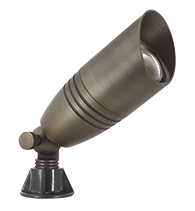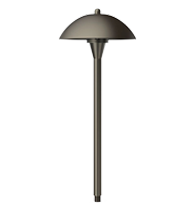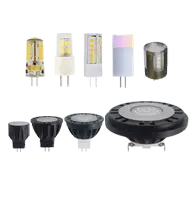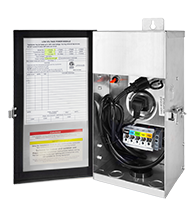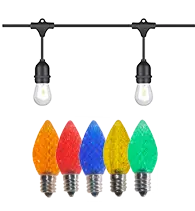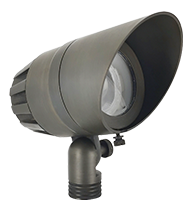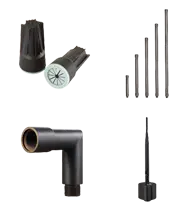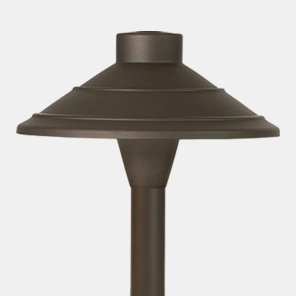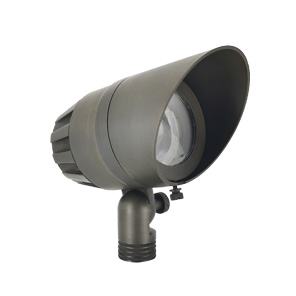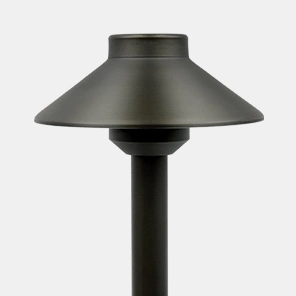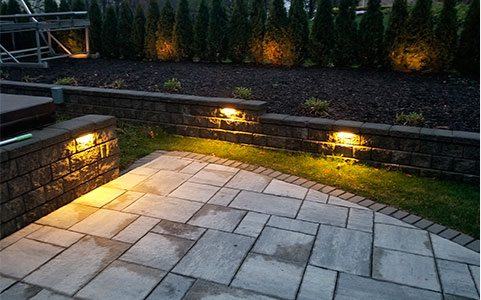Opportunities

Growing Demand for Outdoor Living Spaces:
The trend towards creating outdoor living spaces, such as patios, gardens, and backyard entertainment areas, has increased the demand for landscape lighting. Homeowners are investing more in outdoor aesthetics and functionality, driving market growth. New trends have emerged in the outdoor landscape lights market include the adoption of solar-powered lights, integration of smart lighting technologies, and the use of low-voltage LED lights for energy savings. As these trends continue to evolve, they are expected to further fuel the expansion of the landscape lighting market, offering businesses new opportunities to innovate and meet the diverse needs of modern homeowners.
Advancements in LED Technology:
The adoption of energy-efficient LED lighting has revolutionized the landscape lighting market. LEDs offer lower energy consumption, longer lifespan, and versatility in design, making them highly desirable for both residential and commercial projects.
Smart Lighting Systems:
The integration of smart technology into landscape lighting is revolutionizing the industry, offering automation, remote control, and customization options that greatly appeal to tech-savvy consumers and homeowners looking for convenience and enhanced control over their outdoor environments. These advanced systems can be controlled via smartphones or voice commands, enabling users to adjust brightness, color, and timing from anywhere, creating a more personalized and responsive lighting experience. This trend is not only increasing the appeal of landscape lighting but also opening new avenues for innovation, such as integrating with home automation systems, incorporating energy-efficient LED technology, and adding features like motion sensors and weather-responsive controls. As a result, companies that focus on smart landscape lighting systems can command higher margins, attract a premium segment of the market, and differentiate themselves in an increasingly competitive landscape. Furthermore, as sustainability becomes a more prominent concern, smart lighting systems that offer energy-saving features are likely to resonate well with environmentally conscious consumers, further driving demand and creating opportunities for growth.
Environmental and Energy Regulations:
Increasing awareness and regulations around energy efficiency and environmental impact are pushing the adoption of sustainable lighting solutions. Companies that offer eco-friendly products have a competitive edge.
Expansion in Commercial and Public Spaces:
In 2023, the residential landscape lighting installation rate in the U.S. experienced significant growth, driven by increasing interest in energy-efficient solutions and aesthetic enhancements. LED lighting has nearly completely replaced traditional lighting options like halogen and incandescent bulbs. Meanwhile the growth of commercial properties, public parks, and urban development projects offers substantial opportunities for landscape lighting solutions, especially in large-scale and high-end projects.
Challenges

Competition and Market Saturation:
The landscape lighting market is becoming increasingly competitive, with numerous players offering similar products, making it difficult for businesses to stand out. As the market grows more saturated, companies are often forced to engage in price wars, which can erode profit margins and diminish brand value. Differentiating through quality, innovation, or price becomes increasingly challenging, as competitors quickly mimic successful strategies and innovations. Moreover, customers, overwhelmed by the sheer number of options, may base purchasing decisions solely on price, further complicating efforts to emphasize superior quality or unique features. To succeed in such a crowded market, companies must not only excel in product development but also invest in brand-building, customer service, and strategic marketing to create a loyal customer base and maintain a competitive edge.
Economic Factors:
Economic downturns or fluctuations can significantly impact consumer spending on non-essential home improvements, such as landscape lighting. During periods of economic uncertainty, homeowners and businesses are more likely to prioritize essential expenses, leading to reduced demand for discretionary items like landscape lighting. Additionally, fluctuations in interest rates, inflation, and employment levels can further influence purchasing power and consumer confidence, making the landscape lighting market particularly vulnerable to broader economic conditions. As a result, companies operating in this sector must be agile and prepared to adapt their strategies in response to changing economic landscapes, potentially shifting their focus to more cost-effective or energy-efficient solutions that appeal to budget-conscious consumers.
High initial installation costs:
The high initial installation costs of landscape lighting are a significant barrier, as the process requires electrical knowledge and landscape layout design, making it a complex project for the average person. Consequently, most landscape lighting installations are handled by professional contractors. However, the rising labor costs present a significant challenge to the outdoor landscape lighting market.
Supply Chain Disruptions:
The reliance on global supply chains for components, especially in LED technology, can lead to disruptions. Recent global events have highlighted vulnerabilities in supply chains, affecting product availability and costs. To achieve a more stable supply chain, major market players often prefer local suppliers, even though the initial costs may be higher than those in other regions.
Regulatory Compliance:
Navigating the complex landscape of regulations, such as safety standards, energy efficiency requirements, and environmental laws, can be challenging, especially for smaller companies without dedicated compliance teams.
Seasonal Demand:
The demand for landscape lighting can be seasonal, with peaks in warmer months when outdoor activities increase. Managing inventory and cash flow during off-peak seasons can be a challenge for businesses.
Technological Adaptation:
Technological adaptation in the landscape lighting industry presents both opportunities and significant challenges. While the rise of smart lighting systems opens up new markets and the potential for higher-margin products, it also requires companies to constantly innovate and adapt to stay competitive. The rapid pace of technological change means that what is cutting-edge today may become obsolete tomorrow, putting pressure on businesses to continually invest in research and development (R&D).
This need for continual innovation can be costly, as it involves not only developing new products and features but also upgrading existing product lines to integrate with the latest technologies. Moreover, companies must ensure that their R&D efforts align with evolving consumer preferences and emerging trends, such as the increasing demand for energy-efficient, environmentally friendly solutions. This can require substantial investments in both hardware and software development, as well as partnerships with technology providers to stay ahead of the curve.
Navigating these opportunities and challenges effectively requires strategic planning, innovation, and a deep understanding of market dynamics. Landscape lighting business owners that can leverage the growing trends while managing the risks will be well-positioned to succeed in the US landscape lighting market.

